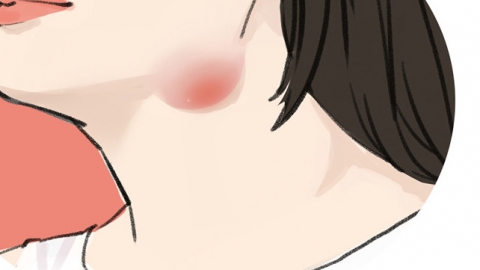How is acute pulpitis treated?
In general, the treatment methods for acute pulpitis mainly include emergency pain relief, root canal therapy, medication-assisted treatment, traditional Chinese medicine (TCM) regulation, and tooth extraction. A detailed analysis is as follows:
1. Emergency Pain Relief Treatment
Acute pulpitis often causes severe pain. Emergency pain relief treatment can quickly alleviate discomfort, with pulp chamber drainage being a commonly used method. The dentist uses specialized instruments to open the pulp chamber, releasing high internal pressure and reducing compression on the pulp tissue, thereby rapidly relieving pain and preparing the tooth for further treatment. After treatment, patients should avoid chewing hard foods with the affected tooth to prevent fracture.
2. Root Canal Therapy
Root canal therapy is the primary curative treatment for acute pulpitis and consists of three steps: root canal preparation, disinfection, and filling. First, infected pulp tissue within the pulp chamber is removed. Then, the root canal is cleaned and shaped. Next, antimicrobial medications are used to eliminate residual bacteria in the canal. Finally, the canal is tightly filled with biocompatible materials to block external stimuli and prevent reinfection, restoring normal tooth function.

3. Medication-Assisted Treatment
Medication-assisted treatment helps control infection and relieve pain and should be used under medical supervision. For significant pain, analgesics such as ibuprofen sustained-release capsules or acetaminophen tablets may be taken. If there is a risk of infection, antibiotics like metronidazole tablets or amoxicillin capsules may be prescribed to inhibit bacterial growth and prevent the spread of infection. Long-term self-medication should be avoided to prevent adverse reactions.
4. Traditional Chinese Medicine (TCM) Regulation
According to TCM, acute pulpitis is often associated with excessive stomach fire or invasion by wind-heat. Treatment focuses on clearing heat, purging fire, reducing swelling, and relieving pain. Under the guidance of a qualified TCM practitioner, patients may use proprietary Chinese medicines such as Niuhuang Jiedu Pian (Bezoar Detoxifying Pills) or Huanglian Shangqing Pian to alleviate symptoms like gum swelling and tooth pain. Acupuncture at specific points such as Hegu (LI4) and Jiache (ST6) may also help regulate qi and blood flow through the meridians, providing supportive pain relief and improving overall health.
5. Tooth Extraction
If the affected tooth is severely decayed and cannot be preserved, or if the periapical tissues are extensively damaged and deemed untreatable after evaluation, tooth extraction may be necessary. The dentist removes the diseased tooth using professional techniques to prevent further spread of infection and avoid complications such as adjacent tooth damage or other oral problems. After extraction, patients should follow medical advice for proper wound care. Once the site has healed, dental implants, dentures, or other restorative options can be considered to replace the missing tooth and restore normal chewing function.
In addition, during treatment, patients should attend regular follow-up appointments as directed by their doctor and complete the full course of treatment. Daily maintenance of good oral hygiene—such as brushing teeth twice daily, rinsing after meals, and undergoing regular dental checkups—is essential to detect and address oral issues early and prevent recurrence of acute pulpitis.









